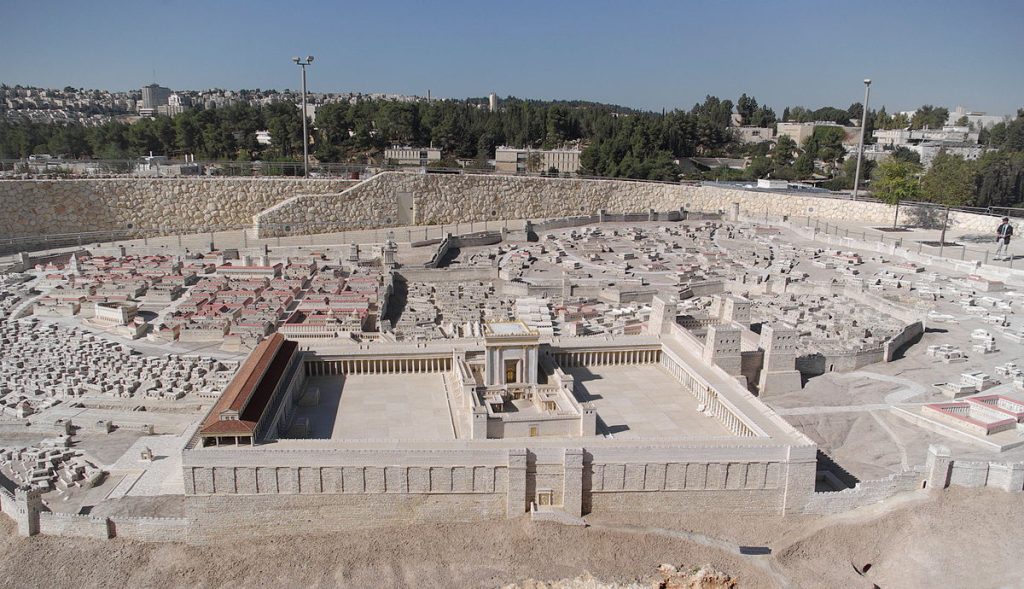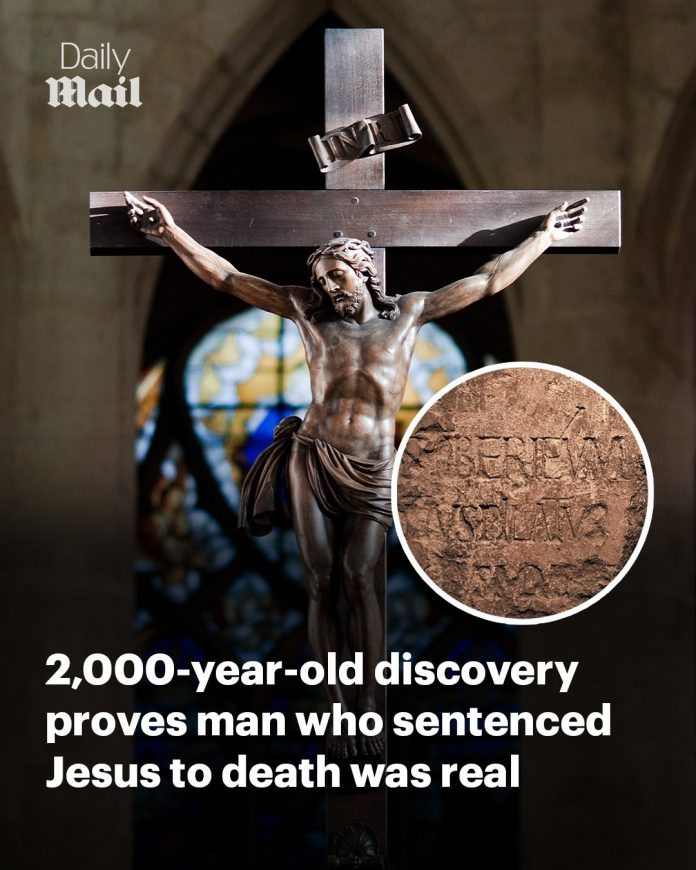Did you know that some characters from the Bible were real? Read about it below. In recent decades, archaeological investigations in the regions once encompassing ancient Israel and neighboring lands have yielded discoveries that align with narratives found in biblical texts. These findings have given renewed attention to certain individuals mentioned in scripture, suggesting that some figures long thought to be legendary or symbolic may well have roots in historical reality. Below, I explore five such personalities whose existence is supported—though not conclusively proven—by material evidence unearthed by scientists and historians.
1. Pontius Pilate
Among the best-known names from the New Testament, Pontius Pilate is traditionally the Roman governor who presided over Jesus’ trial. For many years, debate persisted over whether Pilate was purely a literary figure or a real person. That changed when archaeologists discovered an inscribed stone fragment in a Mediterranean city, bearing his name and title. This artifact essentially validates that someone called Pontius Pilate held official capacity in the Roman province where Judea lay. Coins, inscriptions, and non-Christian historical texts also reference his name, lending weight to the idea that he was a real historical figure.

2. Herod the Great
The colossal achievements of Herod the Great—his grand building projects, political intrigues, and dramatic personality—have long been chronicled in both biblical and secular sources. Excavations around Jerusalem and elsewhere have uncovered remains of palaces, fortresses, and fortification walls consistent with Herodian-era architecture. In particular, parts of monumental structures, stones with distinctive Herodian markings, and aqueducts attributed to his reign help tie archaeological layers to the historical account of Herod’s rule. These tangible remains align well with details in ancient writings describing Herod’s ambitious building programs.
3. Philip the Apostle (or Philip the Evangelist)
The New Testament mentions individuals named Philip in different contexts—some as an apostle, others as an early deacon or evangelist. In the region of Asia Minor (modern-day Turkey), archaeologists have located tombs, shrines, and early churches linked by local tradition to Philip. One first-century tomb in the area of Hierapolis has been excavated, and local Christian memory holds that this might mark the resting place of Philip, known from biblical tradition to have ministered in that region. While the exact identity is uncertain, the correspondence of location, era, and local veneration suggests the possibility that this tomb is connected with the biblical Philip.
4. The Apostle Paul
Paul is one of the most influential figures in early Christianity, yet for a long time his life has been known primarily through textual sources. In modern times, excavations beneath a major basilica in Rome—traditionally believed to cover Paul’s burial site—revealed a crypt containing human remains, along with inscriptions and relics that align with Christian tradition about his death and burial. Radiocarbon dating placed the bones in a timeframe consistent with early Christian martyrdom in the first or second century. Although certainty remains elusive, these findings resonate powerfully with the tradition that Paul was executed and buried in or near Rome.
5. Herodian Temple (or Herod’s Temple) Remains
While not a “person,” the physical stones of Herod’s Temple (the Second Temple expanded by Herod) carry strong symbolic and historical weight. Discoveries in Jerusalem around the Temple Mount area have turned up fragments, architectural elements, and structural remains that match descriptions of the temple precincts during the Herodian period. These tangible remains help archaeologists reconstruct the layout, dimensions, and aesthetic features of the temple as it stood before its destruction in the first century CE. In essence, these stone fragments serve as a sort of witness to the prominence of the temple mentioned throughout biblical texts.

It is important to emphasize that archaeology cannot prove every detail in biblical narratives—miracles, theological claims, and specific speeches remain beyond the domain of material science. What archaeology can do is provide a cultural and historical backdrop, reveal the physical settings of various events, and sometimes verify the existence of persons described in ancient writing.
For example, when a tomb, inscription, or building layer corresponds in time and place with what textual sources claim, it strengthens confidence in those narratives. But one artifact of an ancient name inscribed in stone does not, by itself, validate every tradition surrounding that person. Scholars carefully weigh multiple lines of evidence—language, stratigraphy, local lore, comparative architecture, and more—before drawing conclusions.
Moreover, many discoveries once thought to confirm biblical accounts have later been reinterpreted or challenged by new data. The field is dynamic and cautious. Still, the convergence of textual and material evidence in several cases argues that at least some biblical figures, once considered purely mythic, may indeed have had historical counterparts.

















